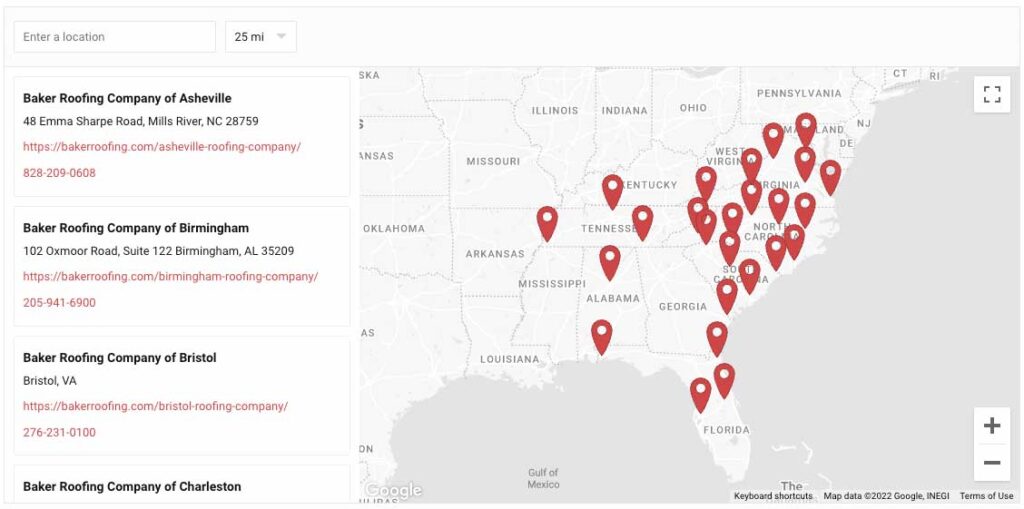It’s roofing season, and whether or not your home is ready for a new roof it is a great time to begin taking measures to prolong the life of your roof while also investigating your roof for warning signs. When it comes to replacing your roof there can be a lot of unnecessary headache and Baker Residential strives to give each and every customer what they want the most from their new roof, peace of mind. Our President of Baker Home Exteriors answers a homeowner’s question below.
QUESTION: I’ve heard that spring is a good time to inspect the roof. What’s the best way to get started, and what qualities should I look for in a roofing contractor?
ANSWER: A great place to start is inside the attic, if it is accessible. Look for any stains on the underside of the decking that may indicate a leak. Pay close attention to the underside of the decking in valleys, behind chimneys, at walls and around roof penetrations.
Next, look over the roof surface for any raised, loose, missing, corroded or damaged roofing and flashings. Look closely at roof penetrations, chimneys, skylights, roof fans, etc. These are critical areas that need to be inspected. Cracks in rubber seals around pipe flashings, cracking or missing sealants where metal flashing turns up against brick walls – all of these conditions will likely result in leaks. Also, debris buildup behind chimneys, skylights and in valleys can prevent proper drainage. Be sure to keep these areas clean. Finally, check the gutters and downspouts to be sure they are clean and in no way blocked. Water can back up in these systems in heavy rains and result in leaks or rot fascia and soffits.
A professional contractor should:
Be licensed by the state or the city, as well as insured. Ask for proof of insurance, including workers’ compensation and general liability.
Be local, reliable, reputable and experienced. Ask how long the contractor has been in business.
Provide references from at least 10 recent customers.
Provide a detailed quote that is clear and concise.
Provide the full name and address of the company.
Be knowledgeable and take pride in their work.
Comply with safety standards set forth by OSHA.
Be certified through the material manufacturer (where applicable).
– Keith Gregory, President of Baker Home Exteriors


